Explore the internal and external traits of story characters with a set of differentiated graphic organisers.
Explore the Internal and External Traits of Characters
Characters are fundamental to any story. When analyzing story characters, it is important for students to consider both internal and external characteristics. These include appearance, personality and feelings.
This differentiated set of graphic organisers has been designed to support you in teaching character traits to your little learners using a combination of words and pictures. Each graphic organiser is slightly different to help you cater to the individual needs of the students in your class. And the beauty is, these templates can be used with any picture book, guided reader or comprehension text!
The graphic organisers included in the resource download are:
- In the boxes, draw and write about the chosen character’s internal and external traits. Write about one emotion they felt and one thing they did in the story.
- Choose a story with multiple characters. Write the story title and author in the hexagon. Draw and write about each character in the boxes below.
- Choose three story characters. Write the story title and author in the hexagon. Draw and write about each character in the boxes below.
- Write the story title, the author and the character’s name on the lines. Choose one action, one emotion (feeling) and one quote (saying) for that character and write them in the boxes. Below each box, write the reasons behind what the character did, felt and said.
Choose the graphic organiser that best meets the needs of your lesson and your class, or provide different graphic organisers to different groups of learners based on their ability.
Multiple Applications for This Story Characters Worksheet
This versatile resource can be used in multiple ways in your classroom. Why not try some of the following suggestions:
- Whole-class activity (for books read by the teacher)
- Small-group activity (for books read collaboratively)
- Individual activity (for books read independently)
- Homework task (for books read and shared at home)
Download to Get Started!
Use the dropdown arrow next to the Download button to choose between the editable Google Slides file or the easy-print PDF.
This resource was created by Lisamarie Del Valle, a Teach Starter collaborator.
Don’t stop yet! We have many more curriculum-aligned resources to help you teach story characters to your students!
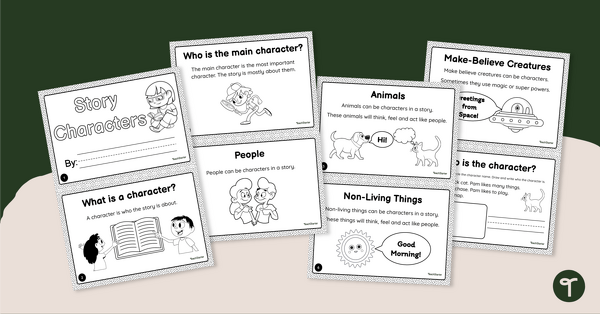
teaching resource
Story Characters - Mini Book
Teach your little learners about the various types of story characters with this fun-sized mini-book.
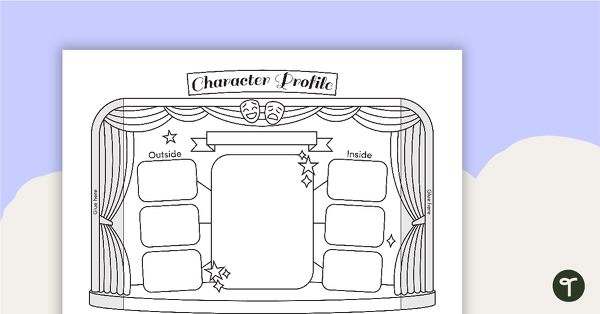
teaching resource
Book Character Profile - Stage and Curtains
A fun book character profile worksheet set on a stage.

teaching resource
Character Profile Flip Book - Lower Primary
Explore story characters with this flipbook template for lower primary students.
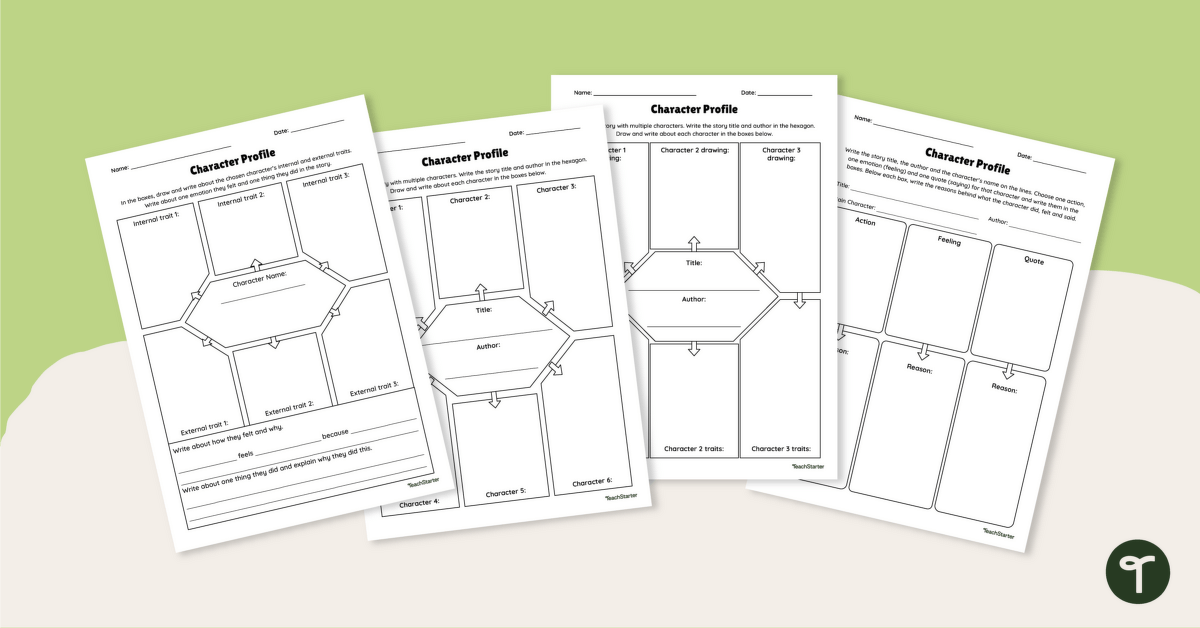

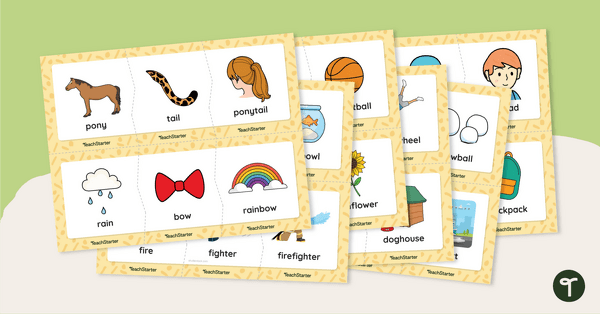
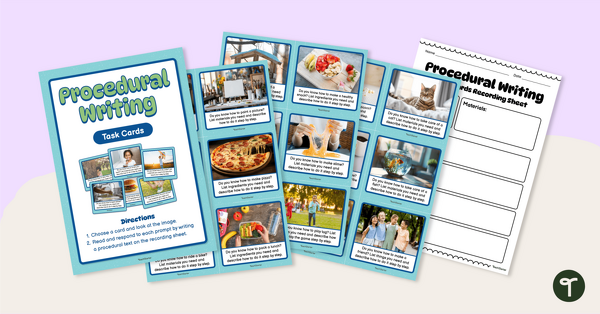
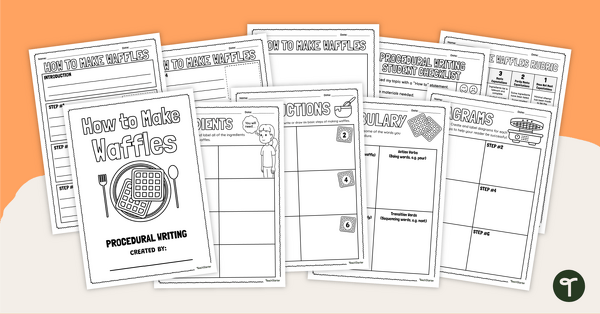
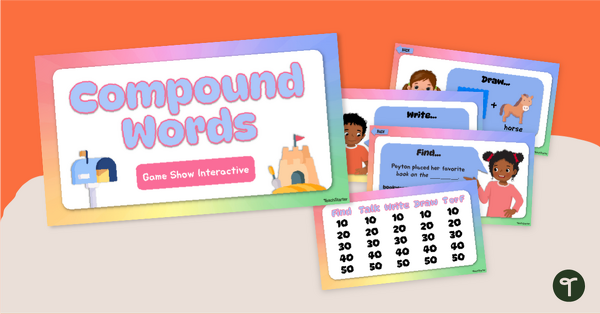
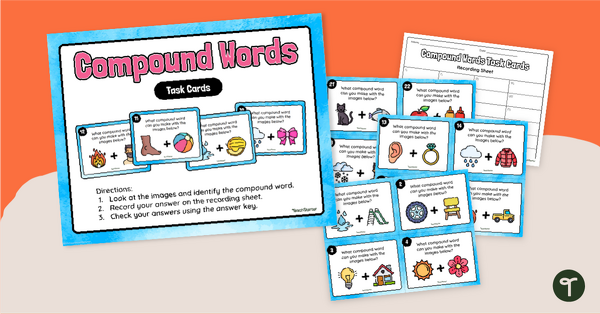
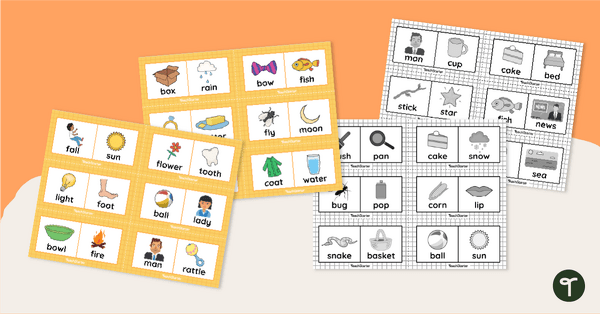


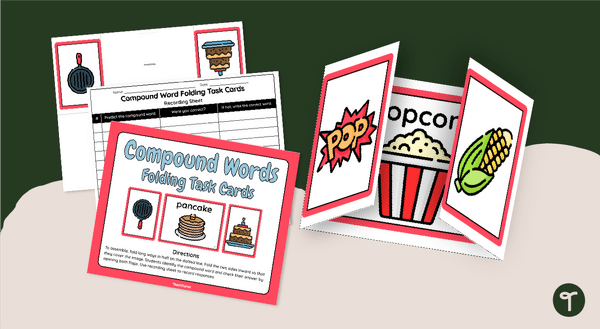
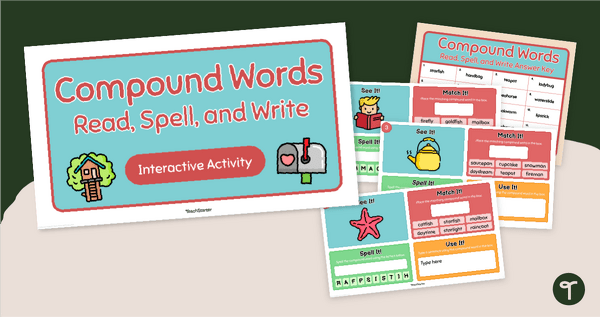
0 Comments
Write a review to help other teachers and parents like yourself. If you'd like to request a change to this resource, or report an error, select the corresponding tab above.